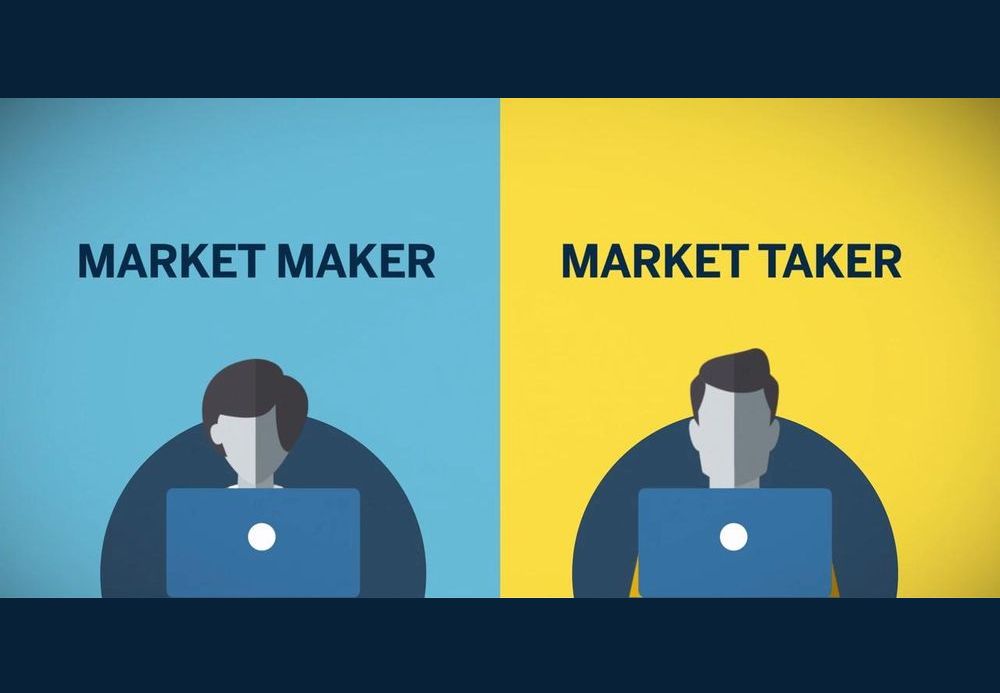Sellers and buyers are matched in any sort of trade, whether it's Forex, cryptocurrency, or the stock market. However, without these meeting spots, you would have to market your offers on social media platforms in order to attract people interested in buying your goods, whether it is Dogecoin or Bitcoin or Ethereum.

Before you plan on participating in any such transactions, you must know about market takers and market makers.
Makers
The market value of an asset is calculated with the order book by the exchanges every here and there. Here is where all the offers are collected to buy and to sell from the users. For example, you might write and submit an instruction like Buy 700 BTC at $9000. This would be included in the order book and would be filled once the price reaches $9000.
Limit orders require you to announce what your intentions are ahead of time by including them into the order book, the example mentioned above. Logically, the maker is called this term because they are the ones who “made” the market.

Exchange is like a grocery store where they pay to put goods on the shelves, and you are the person who is adding your own inventory. It is no surprise that big traders and institutions that specialise in high-frequency trading, rule over the role of market makers. Similarly, Small traders can also vie their way into becoming makers, just by simply placing certain order types that won’t be executed instantly.
Takers
If we keep on considering the analogy of a grocery store, then you are the person who puts your inventory on the shelves for someone to enter the store and purchase your inventory. The one who is purchasing it is the taker. Rather than taking eggs from the store, they are as if storing up on the liquidity you are offering.
To further simplify the whole chain: when you place an offer on the order book, you are increasing the liquidity of the exchange by making it easier for the users to either buy or sell. while simultaneously a taker removes part of that liquidity through a market order- which is an instruction to buy or sell at the current market price. This instantly fills the existing orders on the order book.
If you have ever invested or placed a market order on Binance or any other cryptocurrency exchange like Dogecoin to trade, then you can say that in that scenario you have acted as a taker. However, you can also be a taker using limited orders. To put it simply you are a taker when you fill someone else’s order.

In conclusion, makers are those traders who generate orders and wait for them to be filled, in contrast, takers are the ones who fill the orders of someone else. To sum it up in one line, market makers are the ones who provide liquidity.
For exchanges that use the maker-taker model, the makers play a key role in the platform’s attractiveness as a trading venue. Generally, exchanges reward the makers by lowering the fees while they provide liquidity. While the takers make use of this liquidity to easily buy and sell the assets. But they usually have to pay a higher fee for this.



Subscribe to Plezna
Crypto knowledge delivered, right to your inbox